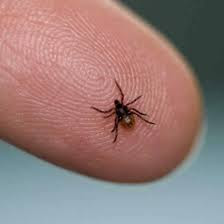THE HISTORY OF WREATHS
Wreaths have been a part of human civilization for thousands of years going back as far as the ancient Persian empire. As decoration, wreaths appear on the ceiling tiles of 'Dura Europus', a 2000 year old synagogue in Syria. They were commonly used by Hebrews and Ancient Greeks.
Wreaths first appeared in history as crowns for royalty. Made by twisting branches into a circle and decorating them with flowers, pine cones and colorful ribbons which were worn on their heads. Later crowns evolved into the hat style made of gold and gems which kings and queens still wear during state ceremonies.
In many cultures young maidens would adorn themselves with headdress wreaths decorated with seasonal flowers and worn during festive celebrations until their wedding day. This practice is still popular in many counties around the world.
Pagans made wreaths of evergreen branches with four candles representing the elements of Earth, wind, fire and water which were lit during pagan religious gatherings. This custom was adopted by Christians, the Advent Wreath with three purple candles for penance and one pink for 'the coming joy'. One advent candle is lighted on successive Friday evenings during the four weeks of advent and all are blown out on Christmas eve.
In Rome, wreaths made of laurel leaves were awarded to victors in athletic games, who would then hang them on their wall as a souvenir. Later many rich Romans hung wreaths on their door as a status symbol. This tradition was adopted by early Christians and became the popular Christmas wreaths we now enjoy.
In Christian tradition, the Christmas wreath symbolizes the circle of life and eternal life promised by Jesus Christ as well as God's strength. Today Christmas wreaths are highly decorated with brightly colored ornaments and lights.
In modern culture, welcome wreaths are hung on front doors and can be used to celebrate every holiday throughout the year.
Enjoy your garden all year long,
James











































